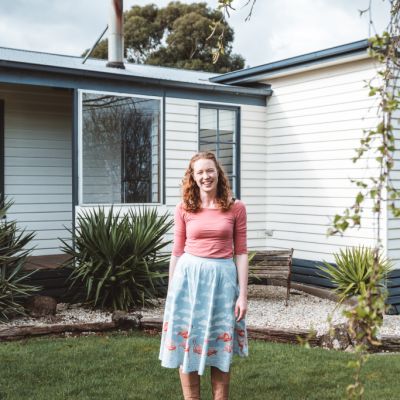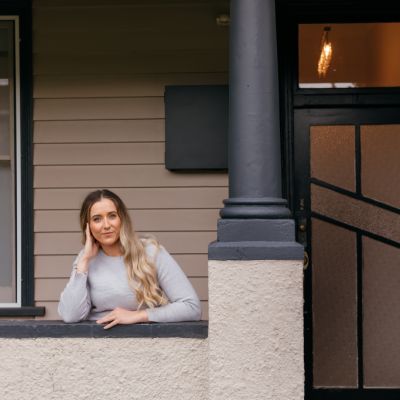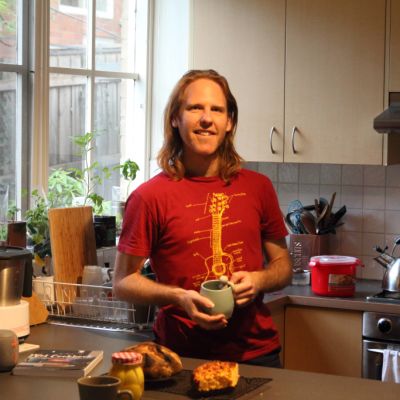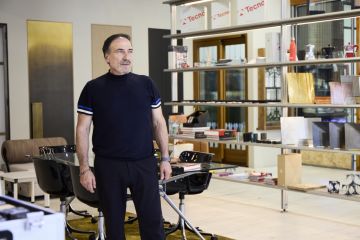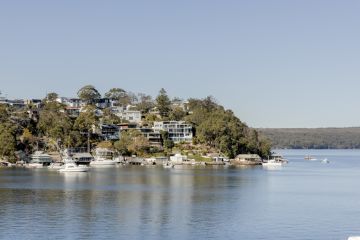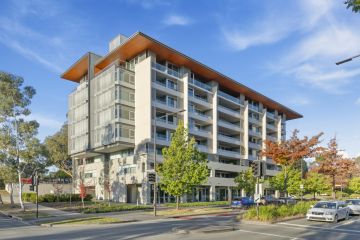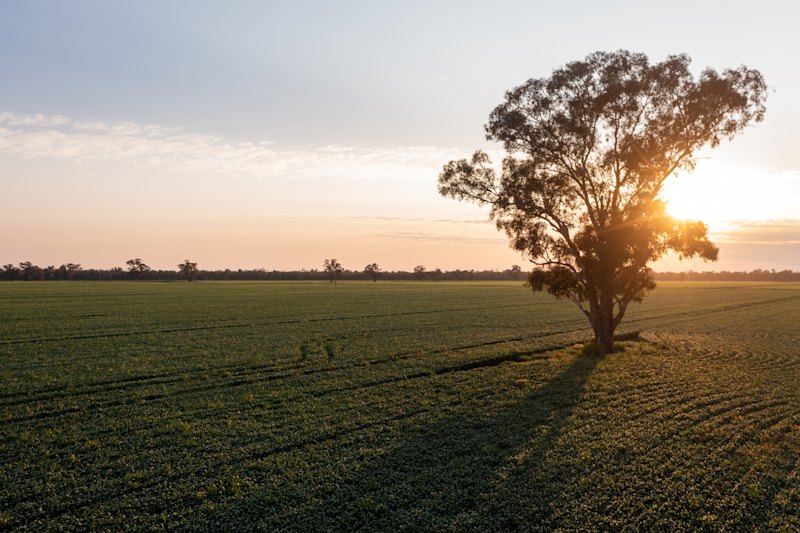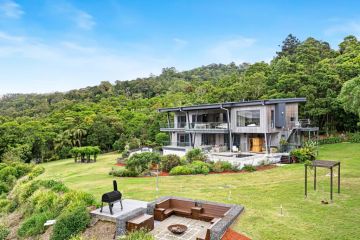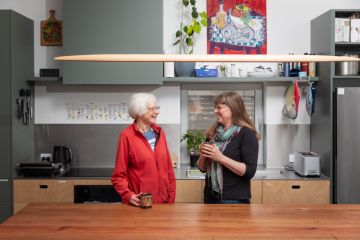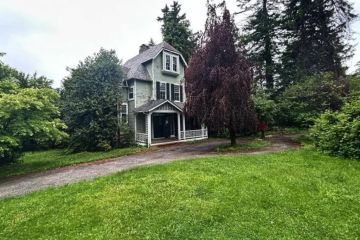How I really did it: The teacher who bought a fixer-upper in regional Queensland on a single income
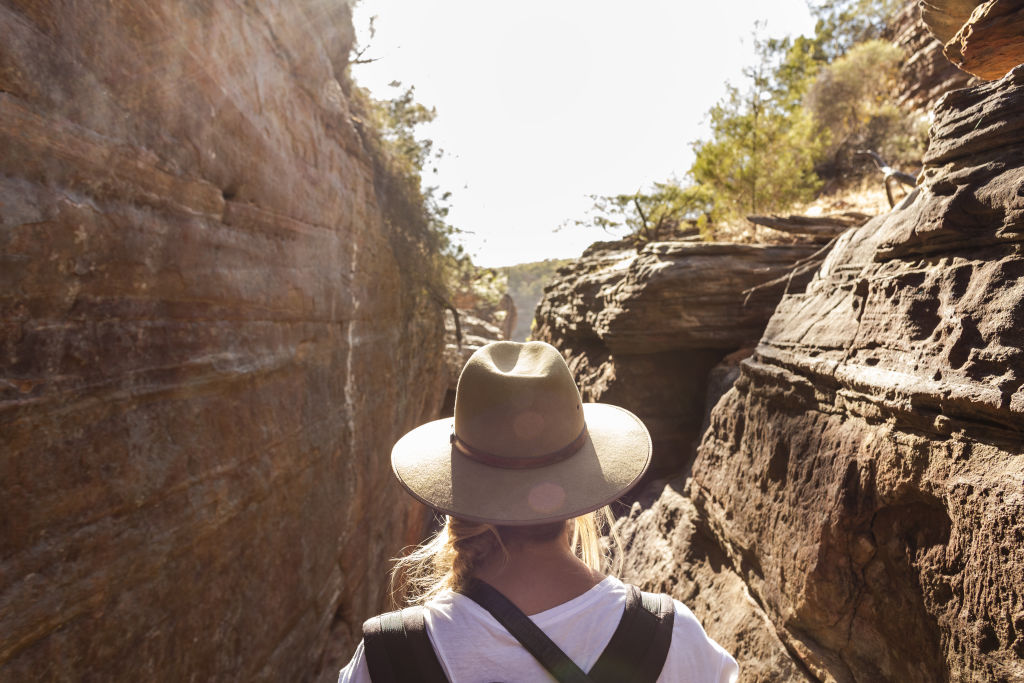
Almost two-thirds of Australians are home owners, but very rarely do we hear specific details around how people afford to buy property.
In this column, we speak to recent first-home buyers to find out what was really involved in their first property purchase.
From those who saved for 10 years to afford a regional property on a single income, to the couples who inherited the money to buy a $1.5 million inner-city home, this column will share the real stories behind the “sold” stickers on Instagram, to provide a clearer snapshot of Australia’s newest home-owners.
Spoiler alert: to buy property in some of the most expensive housing markets in the world, there’s often more than just a good savings plan involved.
Kate L
- Age first property purchased: 28
- Property location: Townsville, QLD
- Occupation and salary: Teacher, $90,000
- Property price: $270,000 in 2020
After completing an undergraduate degree in Melbourne, Kate made the choice to move to north Queensland in 2013.
The large regional centre she chose was unfamiliar to her at the time, but she was attracted to the city for its weather, a particular postgraduate course on offer and the lower housing prices.
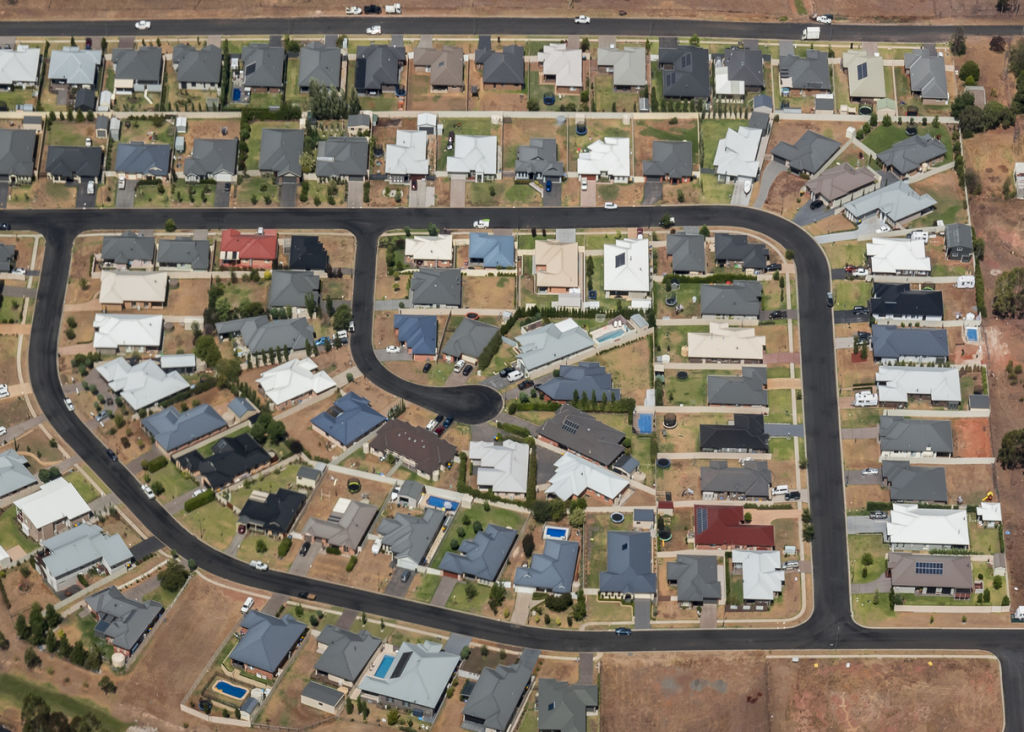
By the time Kate was seriously interested in buying property in the area, she had been working as a teacher for over six years and had a clear understanding of the local market due to her regular online searches.
“I just did searches for basically the cheapest houses in the town,” she says. “That’s my favourite search to do – I’ve been doing it for about five years. I always look at things that are under $250,000.”
Kate realised she was in a good position to buy in 2020. For the previous year she had been working in a remote Aboriginal community in a job that paid her rent on top of her salary, to give teachers an incentive to work in the area, and she had naturally saved more after the pandemic halting multiple travel plans. All up, there was $27,000 in her bank account.
Kate was initially interested in buying a new apartment, until a rundown Queenslander for sale caught her eye. The block size was reasonable, but not huge, so maintenance would be minimal. It was in a good suburb, and had the beautiful Queenslander features she loved. Kate realised it needed a lot of work, but her parents were experienced DIY renovators, and she was confident that with their help they could bring it back to life.
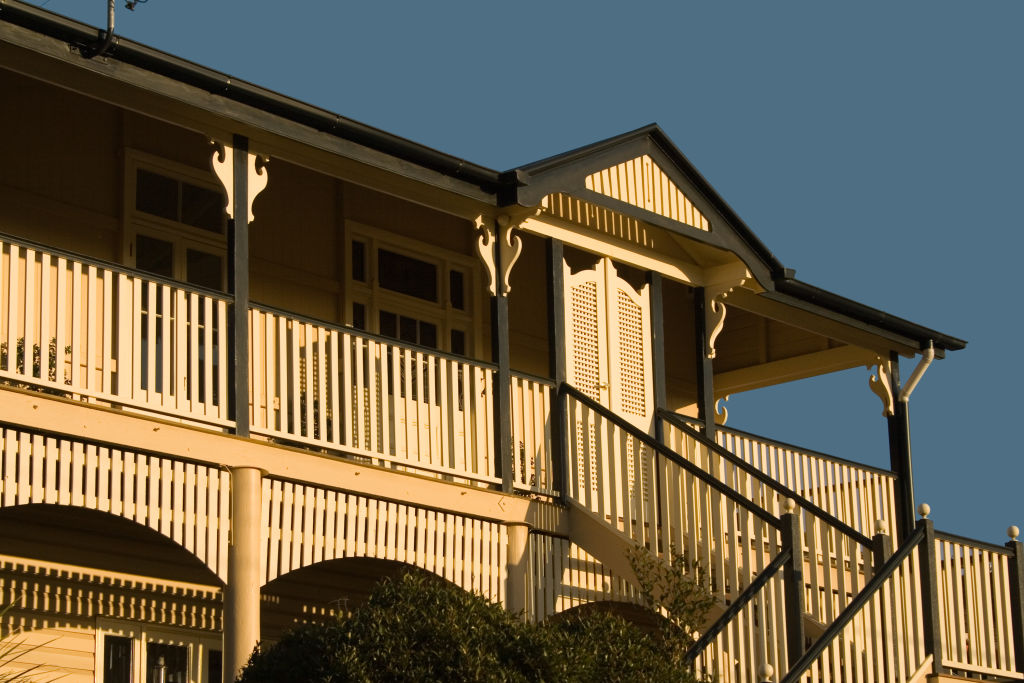
Recognising the home’s potential, Kate quickly sought finance pre-approval via a local credit union.
“I knew I had to make myself as appealing as possible to the seller – basically get all of my finances in a row for the inspection so I could just sweep in and take it,” she says.
The inspection was packed with plenty of interest, so she decided to put in an offer immediately – subject to building and pest inspection – which was accepted on the spot.
“I didn’t bother doing a low offer like $255,000 or anything, I just thought, ‘I want it … I know that I want it,’ so I offered $270,000.”

With her $27,000 in savings, Kate was able to pay a 10 per cent deposit, and her parents agreed to act as guarantors on the home loan so she wouldn’t need to pay lender’s mortgage insurance. Due to the Queensland government’s first home concession, there was also no stamp duty to pay.
The eventual building inspection advised re-stumping the house in the near future, but otherwise the property was sound.
Kate’s plan now is to continue saving over the next 18 months to renovate the kitchen, bathroom and backyard herself. With the help of her parents, she’ll complete these renovations every few months as finances allow.
She is currently saving $1150 of her fortnightly pay (which is roughly half her income) and plans to extend this to $1800. If Kate’s able to maintain this rate of saving, she’ll pay off the entire property within six years, by the time she turns 35.

“I’m not interested in being hooked to a 30-year mortgage with an $800,000 property – which I know is nothing to many these days,” she says. “Life is for living. I do not want to be paying off debt for a long time … the faster I can pay it off, the less money goes to banks.”
Kate understands not everyone can live in a regional area, but for first-home buyers priced out of urban markets, she recommends investing in the country.
“I think if I was living in Melbourne, for instance, I would still buy regional as an investment property, just so I can still have the enjoyment of home ownership and feel like I’m putting money towards that.”
Her savings tips are to make a solid plan and have a clear goal in mind, and not to increase your lifestyle as your salary goes up. “If I was just vaguely saving for my future, I wouldn’t save a thing,” Kate says.
Editor’s note: We’ve withheld the interviewee’s surname for privacy reasons.
We recommend
We thought you might like
States
Capital Cities
Capital Cities - Rentals
Popular Areas
Allhomes
More
- © 2025, CoStar Group Inc.
